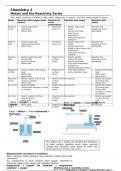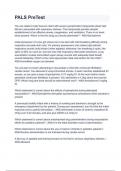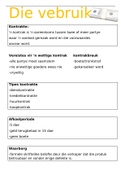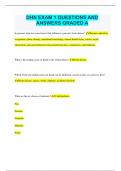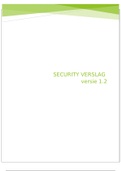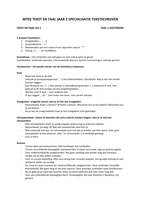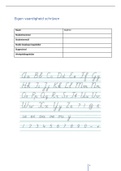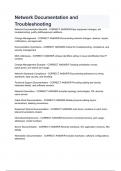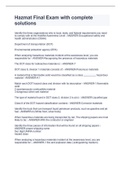Summary
Summary CCEA GCSE Chemistry Unit 2 Revision Notes
- Course
- Institution
CCEA GCSE Chemistry Unit 2 Revision Notes includes: metals and the reactivity series, redox, rusting and iron, rates of reaction, organic chemistry, quantitative chemistry II, electrochemistry, energy changes in chemistry and gas chemistry.
[Show more]
